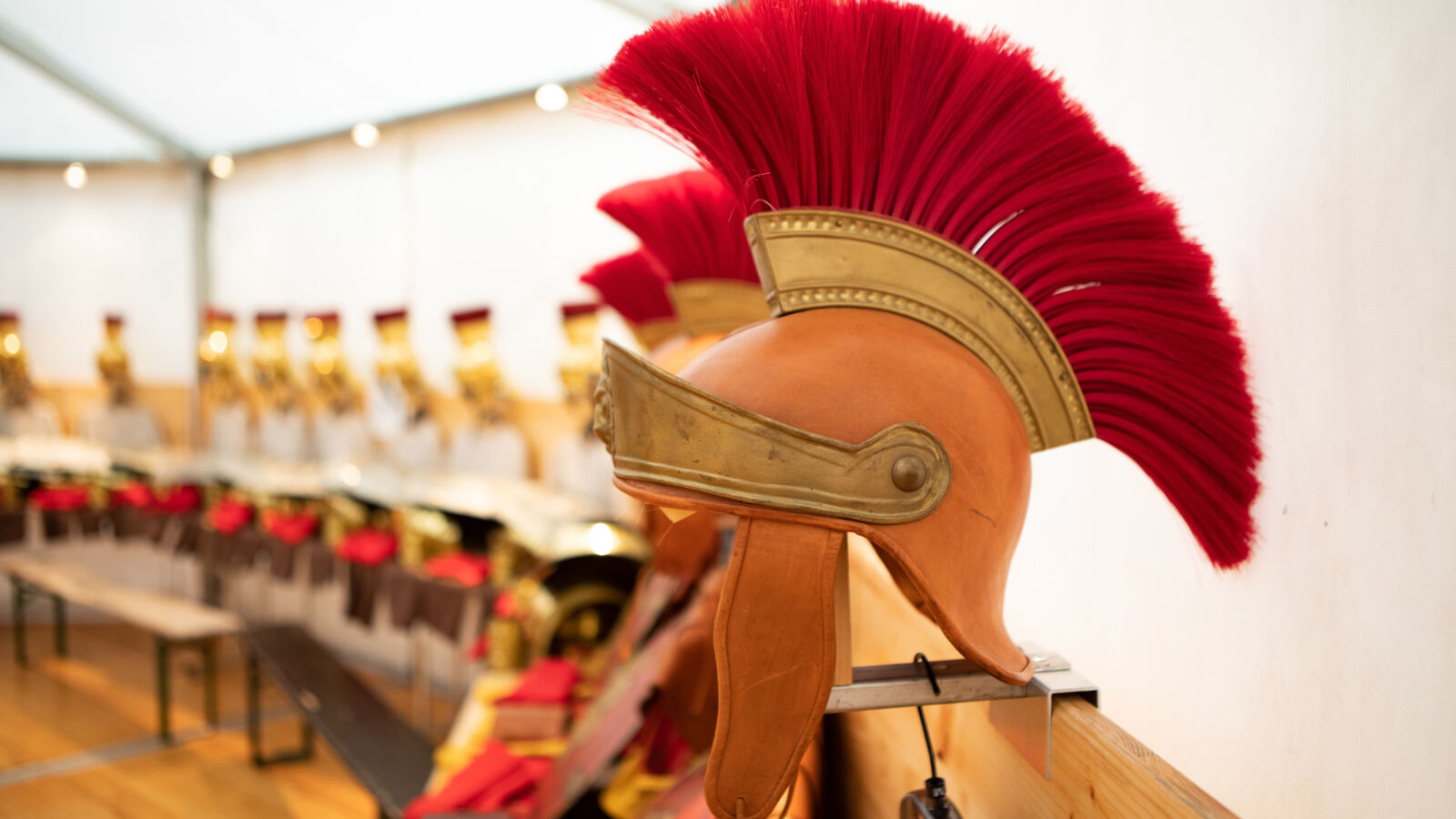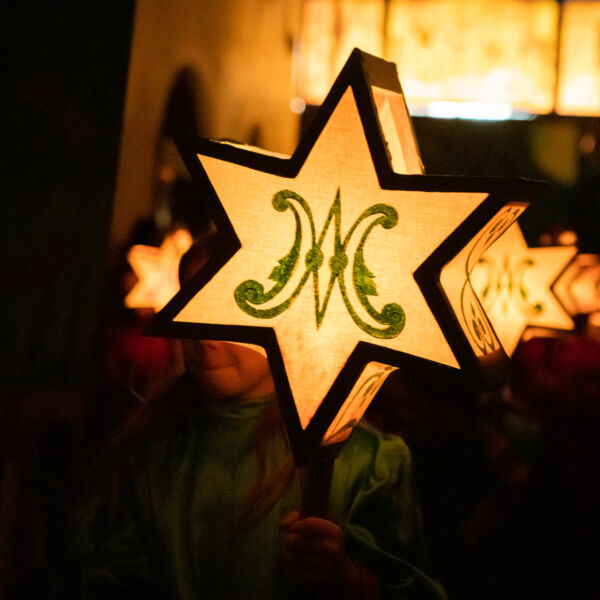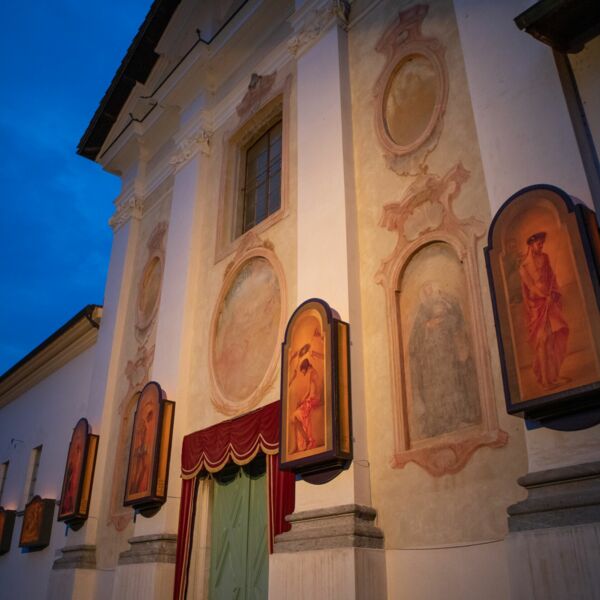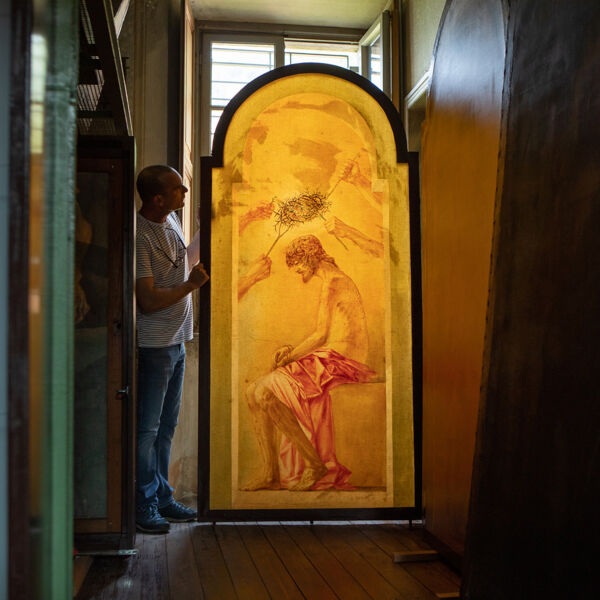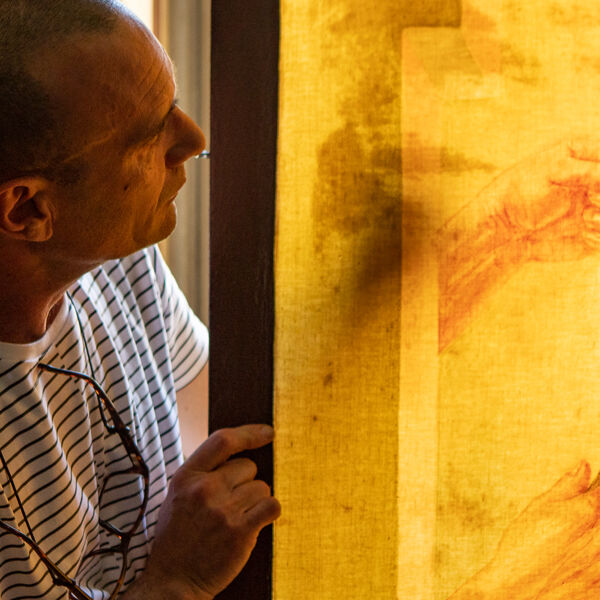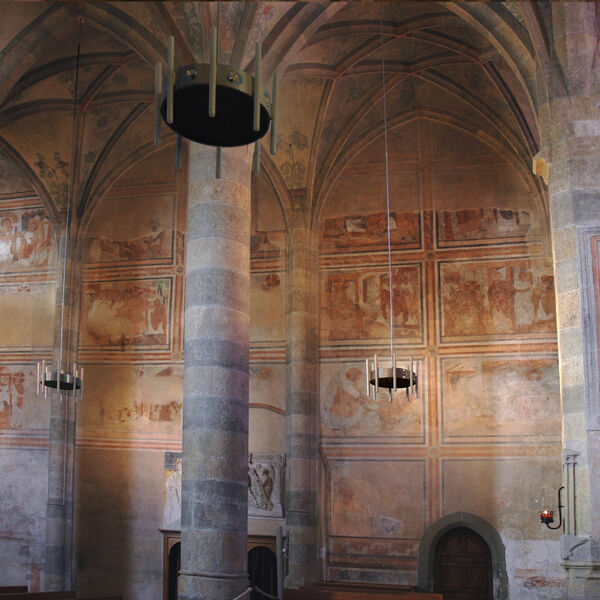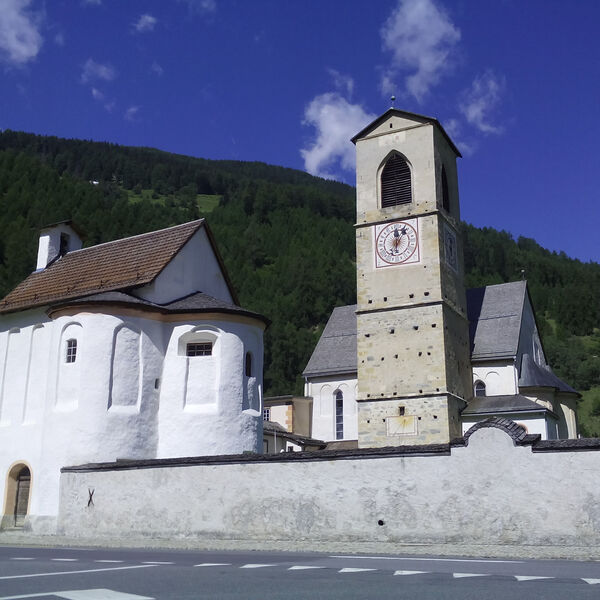Prozessionen der Karwoche in Mendrisio
Prozessionen der Karwoche von Mendrisio - Karfreitag
Die Karfreitagsprozession, bekannt unter dem Namen Entierro (vom spanischen Wort "entierro", Begräbnis), ist streng und feierlich und eher von Spiritualität durchdrungen. Über 700 Personen in Kostümen nehmen daran teil, aufgeteilt in Mitglieder zweier Bruderschaften und religiöser Vereinigungen.
Im Vergleich zur Funziun di Giüdee ist die Karfreitagsprozession, die früher auch Entierro (Beerdigung Christi) genannt wurde, wahrscheinlich die ältere und mit Sicherheit die feierlichere Prozession.
Der Moment des Gedenkens wurde dadurch unterstrichen, dass jedes Jahr am Karfreitag ein Trauertag ausgerufen wurde. In der Region wurde der Begriff "Entierro" im Zuge der spanischen Herrschaft in der Lombardei zwischen dem 16. und 17. Jahrhundert in den allgemeinen Sprachgebrauch aufgenommen, in der historischen Periode unmittelbar nach dem Konzil von Trient, das die Reaktion der katholischen Kirche auf den Protest der protestantischen Reformation darstellte.
Im Gebiet des heutigen Kantons Tessin wurden die katholische Orthodoxie, das heisst die integrale Annahme der katholischen Lehre, und die Verankerung der Tradition unter den Gläubigen mit besonderer Härte gepredigt. Die Mönchsorden spielten dabei eine wichtige Rolle: In Mendrisio wurde diese Aufgabe dem Orden der Serviten Mariens übernommen.
Der Orden der Serviten Mariens, dessen Mönche eine schwarze Trauerkleidung tragen, die an die besondere Verehrung der Serviten für den Kult der Jungfrau der Schmerzen erinnert, wurde 1233 in Florenz von adligen Bürgern, den Sieben Heiligen Stiftern, gegründet. Der Orden siedelte sich 1451 auf Wunsch der Familie Sanseverino in der Stadt Mendrisio an, zunächst in der Kirche San Sisinio alla Torre, später im Ospizio di San Giovanni (ehemals Kloster der Umiliati) und in der angrenzenden Kirche Santa Maria delle Grazie.
Nur zweimal verliessen sie Mendrisio: das erste Mal eine kurze Zeit, in der sie nach Capolago umzogen (1474 -1477) und das zweite Mal 1641, als die Ermordung des ehemaligen Priors Alfonso della Torre durch einen Mitbruder innerhalb der Klostermauern zur Vertreibung des Ordens aus Mendrisio führte. Die Serviten Marias wurden erst drei Jahre später, 1644, wieder zugelassen, unter der Bedingung, dass sie sich um die Kranken und Bedürftigen kümmenrte (sie bauten also das "Hospital" wieder auf, dass sie von den Umiliati geerbt hatten), dass sie eine Primarschule eröffneten und ihren religiösen und seelsorgerischen Einsatz für die Gemeinschaft bezeugten.
Die letztgenannte Aufgabe erfüllten sie besonders gut. Im Klima der Gegenreform in der zweiten Hälfte des 17. Jahrhunderts führten die Serviten in Mendrisio den Kult der Jungfrau der Sieben Schmerzen ein und übernahmen die Karfreitagsprozession; dabei legten sie besonderen Wert auf die genaue Einhaltung der offiziellen Position der katholischen Kirche in Bezug auf Themen, Inhalte und den Ablauf derselben.
